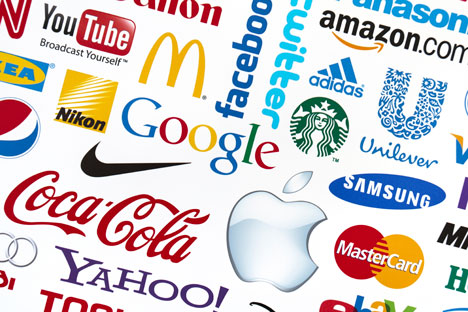Failed category labels are laughable. Before there were snowboards, there was snurfers. PDA phones preempted smartphones. Charga-plates rolled out before credit cards took their place. It seems obvious now why each current category name is so much stronger than its predecessor. But missing the mark with category naming is a mistake that’s easy to make.
In our last post about how to define a new category, we left off with what is most commonly considered the fun part of strategy: naming. If you’ve gotten this far, you’ve identified that your existing category isn’t serving your brand’s needs. You’re ready to make a shift and have accepted the risk of creating a new category. And, you’ve appropriated the time and budget necessary to do so.
What’s in a name?
Category names make it easy for people to familiarize themselves with products and brands. They help people make choices and create loyalty. They set expectations about why brands belong. When a category name resonates, it paves the way for brands to develop meaningful connections with people.
When developing a new category, it’s tempting to come up with a catchy, quirky, or unique category name. Everyone wants to differentiate and make a mark. It can seem, understandably, that developing a category name that grabs attention will help your brand stand out too. But that’s not the case. Names that aren’t recognizable create confusion and uncertainty for customers. When the category name isn’t immediately clear, the brands and products it represents become muddied in those waters.
As we described in a previous post, people need context to grab onto something new. The framework your category creates sets the stage for your innovative product to become the category leader. But that also depends on the name being something that people understand without explanation. What the heck is a snurfer? No one knew. But snowboard is easy. Anyone who surfs or skates immediately gets it. And, it was no coincidence that when Burton coined “snowboard” they were going after surfers and skaters as a target audience.
Simplicity is Key
When it’s time to create your new category name, choose one that’s simple and recognizable. There are a few ways to go about it:
- Two Known Words: Credit Card, Data Center, Sports Drink
- Compound Name: Automobile, Bicycle, Laptop
- Derive a New Word from an Existing Word: Browser, E-commerce
The timing of a category launch should influence which direction the name should go. If your product is truly innovative — with nothing on the market that compares — the category name should be a riff off an existing product. In this case, using two known words or joining them into one would be ideal. But if your brand is joining a group of products that are currently on the market, the category should confirm and validate behavior (people were already browsing the internet so coining ‘browser’ made sense).
When there isn’t a dominant category name, different labels make it difficult for any brand to gain traction. Most people stay within a comfort zone and too many options lead people to ignore the category all together. A name represents the ‘rules of membership’ — the specific characteristics that the products within the category must have in order to belong to the category. Once a name achieves dominance, people know what to expect and the brands within its umbrella follow suit. In our next post on defining a category, we’ll share tips on how to get buy-in on your new category name with important users, innovators, and industry commentators to help ensure a successful roll-out.
This is the 3rd in a series. Check out When to Create a New Brand Category, How to Create a New Brand Category, and what goes into Launching a New Brand Category.
Download our White Paper on Brand Category Creation.
Emotive Brand is a San Francisco brand strategy firm.







